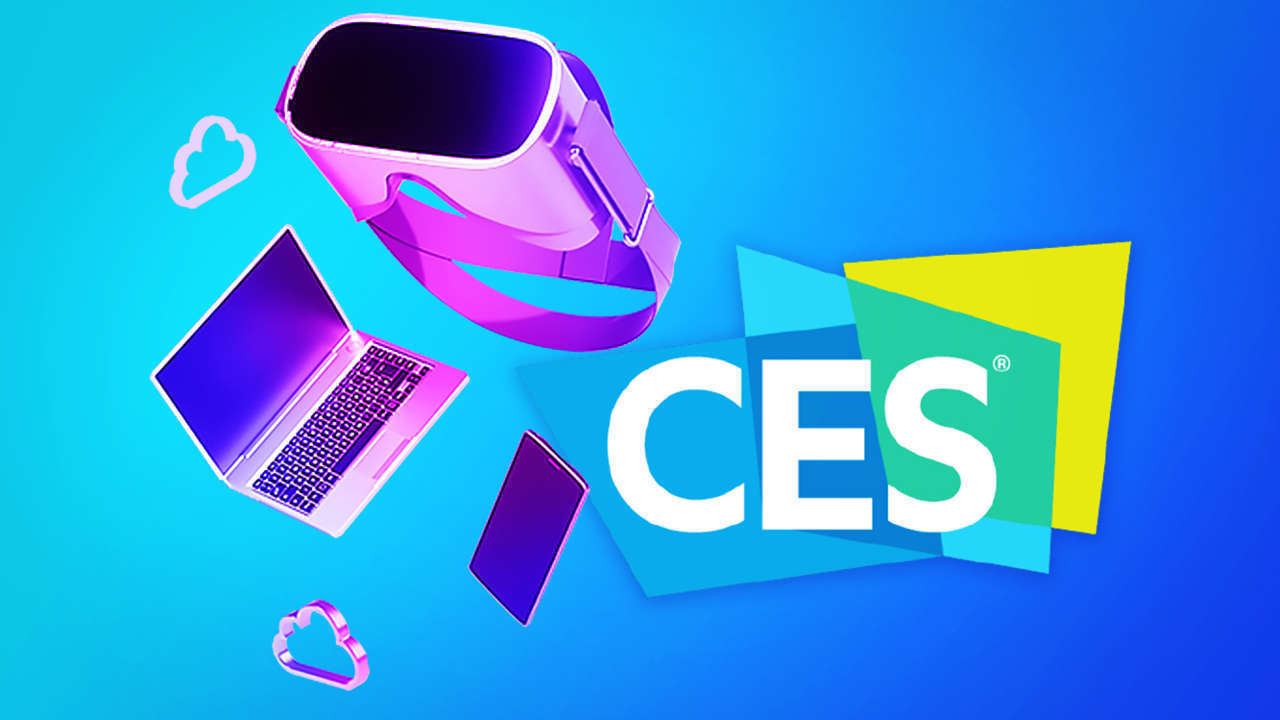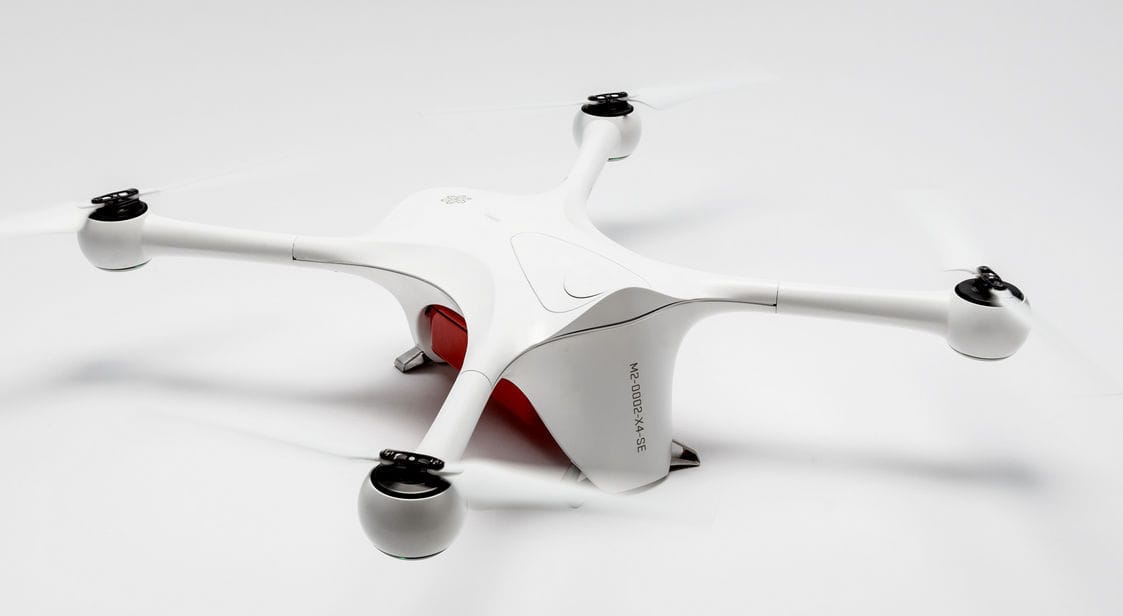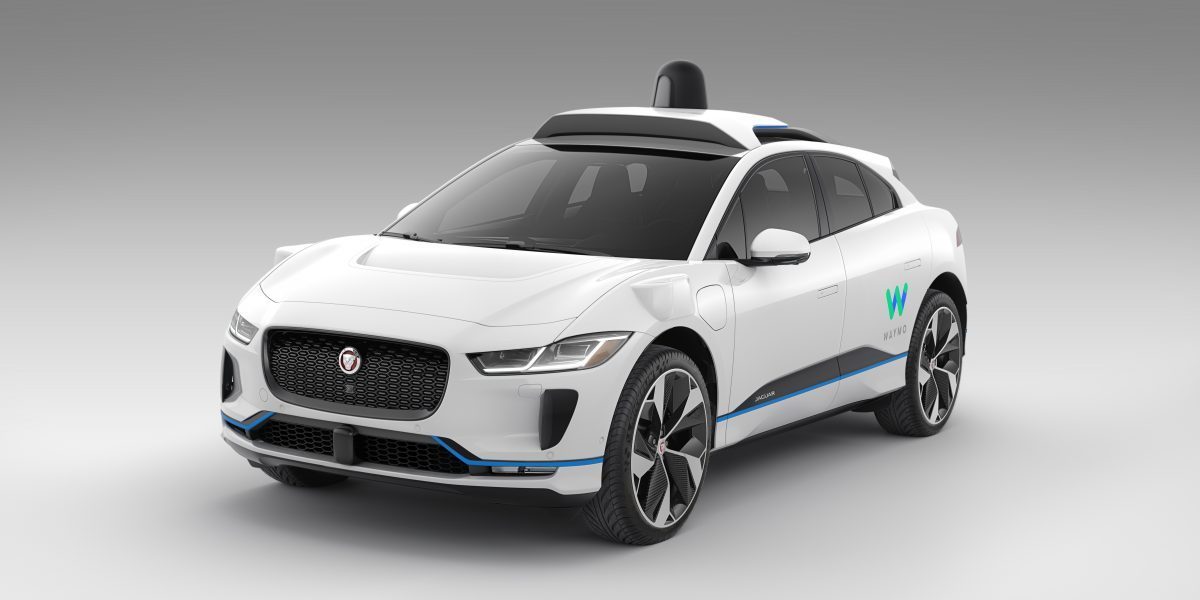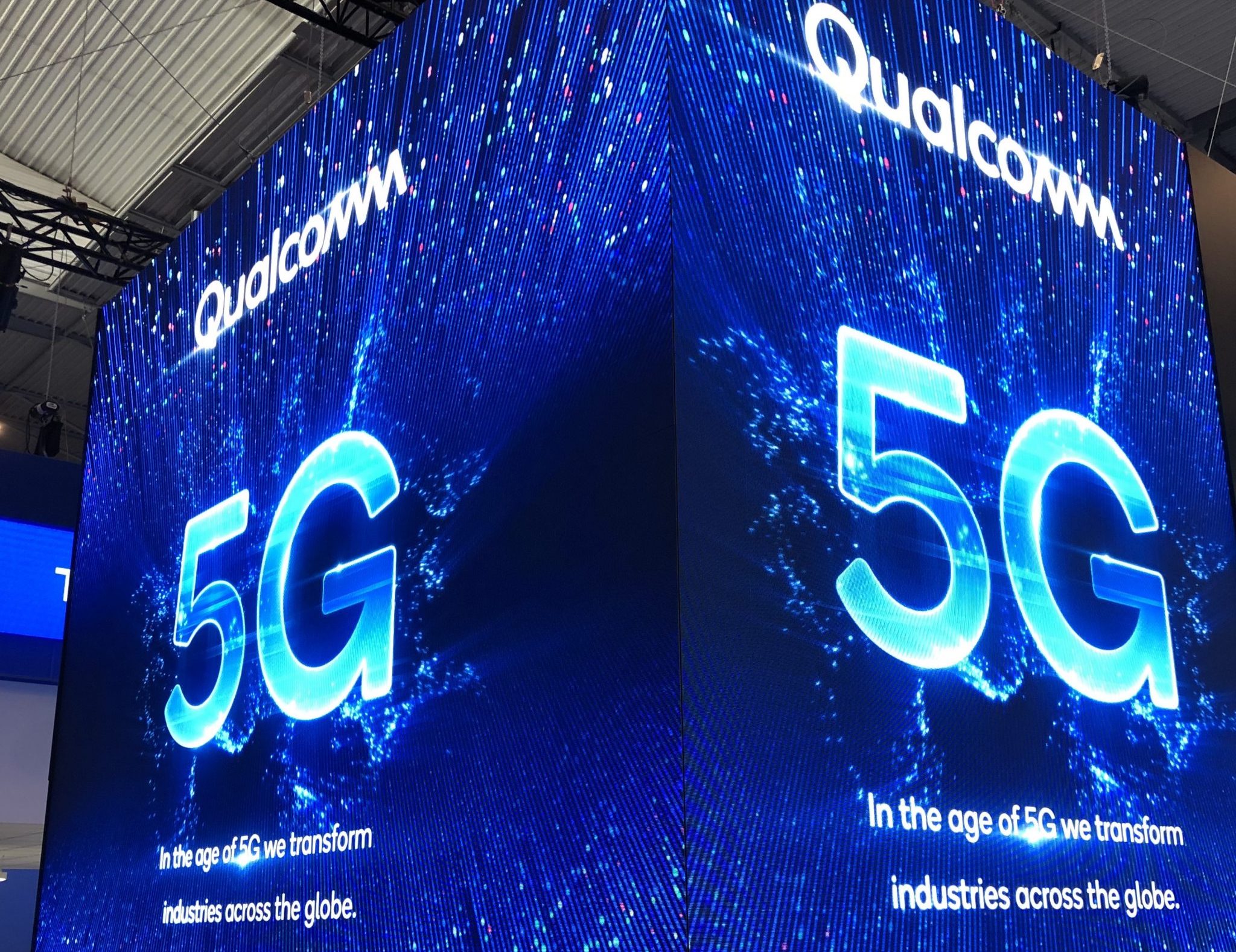Time to read: 5 min

One of the most popular sessions during the opening of CES is “Tech Trends To Watch” with CTA (Consumer Technology Association) Vice President of Research Steve Koenig, this year assisted by Research Director Lesley Rohrbaugh as they take their audience through the latest trends driving the industry, the ingredient technologies having the most impact, and the consumer and product applications to watch.
Steve Koenig opened by quoting Christopher Freeman, a British Economist, who said “Innovation accelerates and bunches up during economic downturns only to be unleashed as the economy begins to recover, ushering in powerful new waves of technological change.” This year that seems truer than ever with innovation moving faster than we’ve ever seen. According to McKinsey’s Meet the Next Normal Consumer Report in April of 2020, global tech adoption is in fast forward with e-commerce ramping more in eight weeks than the previous ten years, with telemedicine growing 10x in 15 days, with Disney hitting 50M streaming video subscribers in five months, compared to Netflix’s seven years, and with 250 Million student moving to online learning in just two weeks.
Meanwhile CTA believes that the “Intelligence of Things” is gaining huge momentum. AI (Artificial Intelligence) and ML (Machine learning) matter much more as a result of the pandemic, RPA (Robotic Process Automation) is poised to become a $2 Billion industry in 2021, NPL (Natural Language Processing) is gaining support, and 59% of global enterprises expect their cloud usage will be higher than planned this year.
According the the CTA, the six key trends for 2021 are digital health, robotics and drones, 5G connectivity, digital transformation, vehicle technology and smart cities, here’s why:
Trend #1: Digital Health
The universe of digital health is continuing to expand and fulfill ever growing demand thanks to everyday lifestyle trends, remote patient care, and the need for providers to gain greater efficiency to meet that demand. In 2020 revenue from connected health devices grew a massive 73% to $632 Million and their five year forecast shows another jump of 34% in 2021 and a steady 14% growth in 2022, 23 and 24. Meanwhile wearables are becoming key in this space with devices like the Oura Ring and BioButton by BioIntelliSense offering alternatives to the smartwatch form factor. And the future if digital health is packed full of innovation opportunities from robot triage helpers, through AI in diagnostics to XR in patient care and surgery.

Trend #2: Digital Transformation
Last year, Microsoft CEO Staya Nadella said, “we’ve seen two years’ worth of digital transformation in two months”. Meanwhile the pandemic has triggered a race to cloud among global enterprises. Flexera’s 2020 State of the Cloud Report shows that 59% expect cloud usage to exceed prior plans due to the pandemic, 61% plan to focus on cloud migration and a whopping 83% cited security as their top cloud challenge, closely followed by cost (82%).
As examples of accelerated transformation, the COVID era has driven greater digital transformation in numerous areas. Digital fitness spend grew more than 30% during the pandemic and many gyms began to offer online classes and they entered the digital fitness space. Education also accelerated its digital transformation with schools adopting meeting platforms to hold lectures and classes. And the legal sector has adapted quickly as digital platforms are used for court proceedings to facilitate social distancing and conference platforms are used for a variety of hearings.
Trend #3: Robots and Drones
Robots and drones have been coming to the rescue in response to the COVID-19 pandemic, supporting tasks like cleaning, delivery, retail inventory management, close contact tasks like cooking or recycling, healthcare, and support of those isolated, such as monitoring at-risk individuals. Hygiene robotics has been an important sector and looks likely to continue its growth with robots sanitising aircrafts, hospitals, common areas and retail outlets.

At the same time we are seeing substantial growth in robotics for logistics with companies like Starship Technologies in Estonia, Balyo in France and PAL Robotics in Spain gaining huge amounts of funding in 2020. Autonomous delivery is both hitting the road and taking flight with solutions like Amazon’s Scout Delivery Robot and Matternet’s M2 Drone being utilized by UPS and CVS. In their Autonomous Delivery Systems Awareness and Favorability Study, CTA found around a quarter of respondents are considering autonomous delivery more favorably, while 14% find it less favorable than it was. The numbers are almost the same for flying drones, sidewalk delivery robots and self-driving delivery vehicles.
Trend #4: Transportation
As for transportation, there’s a lot to unpack. Mobility-as-a-Service is on the rise, changing the way we think about vehicle ownership. C-V2X (Cellular Vehicle to Everything) connectivity is starting to become a reality thanks to the low latency and high speeds offered by 5G. Self-driving vehicle fleets are also taking to the road in numerous locations and companies like Waymo are set for substantial growth. But the biggest change to the automotive industry is the huge shift from internal combustion to electrification. And America’s favorite vehicle, the truck is getting ready for this brave new world, with new entries like Rivian as well as new models from the incumbents like Ford and Hummer.

Trend #5: 5G
The current pandemic has accelerated 5G capital expenditure and seeded jobs growth in the sector. According to Qualcomm and IHS Markit’s 2020 5G Economy Study, investment was up almost 11% over the forecast made in 2019. That’s $260 billion in collective investment in R&D and capital expenditure, on top of $235 billion the previous year. It seems China will be the largest investor in 5G at around $1.7 trillion, closely followed by the US with $1.3 trillion through 2035. The study also reported that 5G related jobs are expected to increase to 22.8 million over the next 15 years.

Trend #6: Smart Cities
One has to wonder how different the crisis might have been if we’d already got Smart Cities. What is clear is that they will have an important role in the future, with networked sensors that can check temperature, with smart kiosks that can deliver important information, with data dashboards that keep citizens updated in real time and with state-of-the-art digital contact tracing for close contacts of anyone infected. These smart city technologies are also playing a role as people return to work. Touchless and voice enabled technology can reduce human contact with surfaces, while technology is also being deployed to clean those surfaces and the air in the workplace. Occupancy and social distance is also being supported by new technologies. And, of course, we are all familiar with the remote collaboration tools which are now part of everyday life.
Key Takeaways
All up the CTA is expecting an exciting week and another year of growth for the US tech industry. They predict the sector will grow 4.3% in 2021 to $461 Billion, as millions of Americans remain home and rely on tech to stay entertained, connected and healthy. “The pandemic has pushed the fast-forward button on tech adoption – from our homes to our work to our doctor’s offices,” said Gary Shapiro, President and CEO, CTA. “While the road to a full economic recovery is long and intertwined with a complex vaccine rollout, the tech industry’s ability to meet the moment during this crisis has been critical.”










